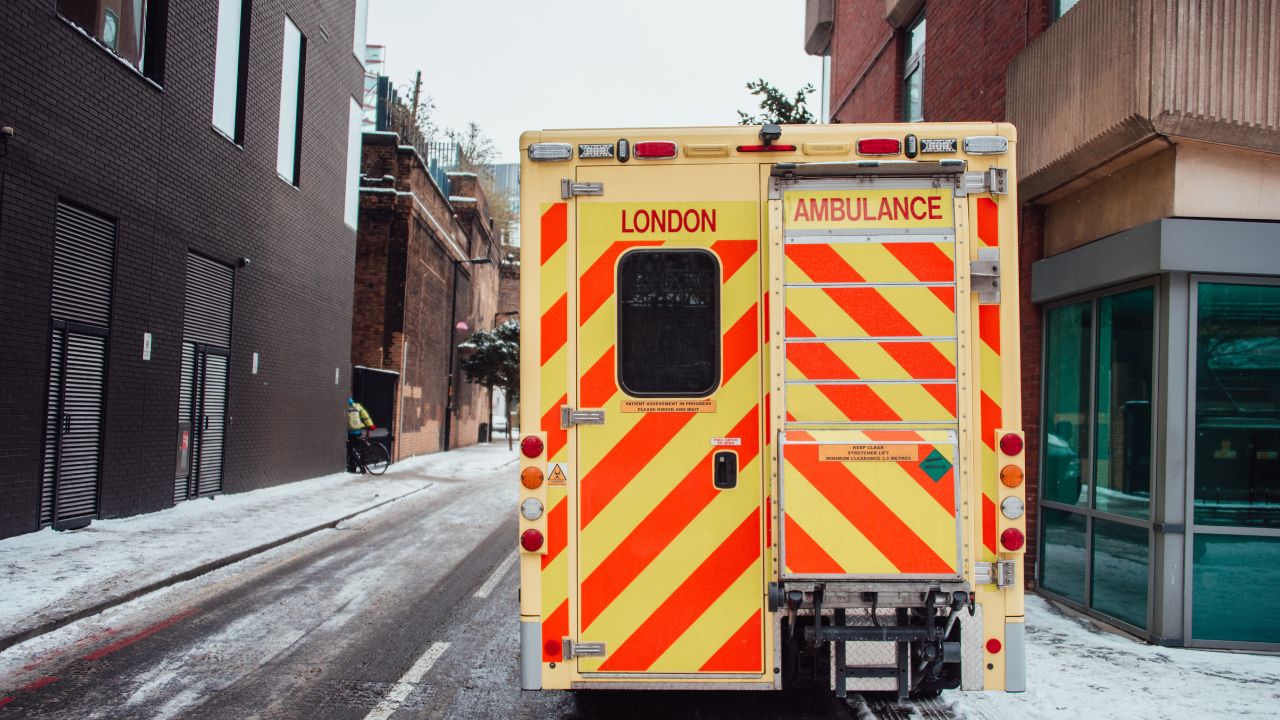The NHS is already gearing up for the colder months. A comprehensive and proactive winter preparation plan is now in full swing. This year, the focus is on a series of rigorous stress tests and pre-winter check-ins. These exercises are designed to ensure that hospitals and other health services are ready for the inevitable surge in demand. This diligent approach shows the NHS’s commitment to learning from past winters. It aims to deliver a smoother, more resilient service for patients when the temperatures drop.

The Annual Challenge: Why Winter is Different
Every winter, the NHS faces a significant challenge. Colder weather exacerbates existing health conditions. Viruses like flu and COVID-19 become more prevalent. This leads to a spike in patient numbers. It puts immense pressure on emergency departments. It also strains ambulance services. Hospitals often operate at or above capacity. This can lead to longer waiting times and delayed care. The NHS is determined to get ahead of this. It wants to minimise disruption. It aims to ensure that patients get the proper care, in the right place, at the right time.
The NHS Stress Test Explained 📊
A stress test is a crucial part of the preparation. It is a simulated exercise. It puts hospital and community services through their paces. It is not about simply hoping for the best. It is about actively testing systems and identifying vulnerabilities before a crisis hits. The test involves:
- Scenario Planning: Teams run through various scenarios. These might include a large number of flu cases or a high volume of ambulance handovers.
- Capacity Assessment: They check how many beds are available. They also check how many staff are on duty. They ensure that there are enough resources to cope.
- Identifying Bottlenecks: The exercise helps to pinpoint areas where services might slow down. It looks for potential choke points in patient flow.
- Testing Communication: It ensures that different departments can communicate effectively under pressure. This includes A&E, wards, and community teams.
- Data-Driven Analysis: Data is collected throughout the test. This data shows what works well. It also indicates where improvements are needed.
The insights from the stress test are invaluable. They allow the NHS to make targeted improvements. They help services to shore up weaknesses before winter begins.
Pre-Winter Check-ins: A Coordinated Approach
The stress test is just one part of a wider effort. The NHS is conducting extensive pre-winter check-ins. These are a series of meetings and assessments. They involve various parts of the healthcare system. The goal is to ensure everyone is on the same page. The check-ins focus on:
- Hospital Discharge: Ensuring that medically fit patients can leave the hospital quickly. This frees up beds for new admissions. It is a critical part of managing patient flow.
- Ambulance Handover Delays: Working with ambulance trusts and hospitals. This aims to reduce the time it takes for paramedics to hand over patients in A&E, thereby enabling ambulances to return to the road faster.
- Community and Social Care: Ensuring community teams are ready. They help patients stay well at home. They can prevent unnecessary hospital admissions. This is a vital part of the plan.
- Patient Flow: Mapping the journey of a patient from start to finish. This helps to make sure there are no unnecessary delays.
- Staffing Levels: Reviewing workforce plans. This ensures that there are enough staff in key areas. It includes both permanent and temporary staff.
These check-ins are about collaboration. They bring together different parts of the health and social care system. Everyone works together.
Key Areas of Focus: Where the NHS is Ramping Up
The NHS is focusing its efforts on several key areas. These are the areas most affected by winter pressures.
- A&E Departments: Ramping up staff and resources. They are preparing for an influx of patients. The goal is to reduce waiting times.
- Ambulance Services: Investing in new ambulances. They are also improving patient care pathways. This ensures ambulances can respond to calls faster.
- Hospital Beds: Maximising bed capacity. They are also using new technologies. This includes virtual wards. Virtual wards allow patients to receive hospital care at home.
- Community Care: Strengthening community teams. They provide urgent care in people’s homes. This helps to prevent hospital admissions.
- Primary Care: Supporting GPs. They provide crucial care for people in the community. They are essential to the overall plan.
All of these areas are working together. They are creating a unified system. It is a system that can handle the pressures of winter.
The Role of Technology and Data 💻
Technology is at the heart of the NHS’s winter prep. The NHS is using data more effectively than ever before. Real-time data helps managers see where the pressures are building. They can then deploy resources where they are most needed. Digital tools are also helping. The NHS App allows people to access advice. This reduces pressure on phone lines. Virtual wards use technology to monitor patients at home. This is a crucial part of managing capacity.
The Public’s Role in Winter Prep
The public also has a vital role to play in preparing for winter. Everyone can take steps to stay well.
- Get Vaccinated: The flu jab and COVID-19 vaccines are the best defence against these viruses. Everyone eligible should get their jabs as soon as they are available.
- Look After Yourself: Take care of your general health. Eat well. Stay active. Get enough sleep. These things can boost your immune system.
- Use NHS Services Wisely: Choose the right service for your needs. Use NHS 111 for non-urgent advice. Only use A&E for serious or life-threatening emergencies.
- Check on Others: Look out for elderly or vulnerable neighbours, friends, and relatives. Ensure they are warm and well.
The Goal: A Smoother Winter for Patients 😊
The goal of all this preparation is simple. It is to ensure a smoother, safer winter for patients. By being proactive, the NHS can provide better care. It can reduce waiting times. It can ensure that patients get the help they need when they need it. The stress test and check-ins are not just about finding problems. They are about building confidence. They are about showing that the NHS is ready for the challenges ahead.
Total Assist’s Contribution to Winter Preparedness
Total Assist is committed to supporting the NHS in its vital winter preparations. We understand the immense pressure this places on the healthcare system. The success of a winter plan depends on a highly skilled and dedicated workforce. We are proud to play a crucial role. We help the NHS ensure that it has the staff it needs.
We supply a wide range of professionals, including:
- GP Locums: To manage increased demand in primary care.
- A&E Doctors and Nurses: To staff busy emergency departments.
- Ambulance Staff: To ensure paramedics are ready to respond to calls.
- Specialist Nurses: To support hospital wards and community teams.
- Admin Staff: To ensure the smooth running of services.
By providing access to a flexible and expert workforce, Total Assist empowers the NHS. We help them to deliver high-quality care, even during the most challenging periods.
A Stronger, More Resilient NHS
The NHS’s focus on stress test and pre-winter check-ins shows its determination. It shows its commitment to building a stronger, more resilient service. By being proactive and prepared, the NHS is ensuring a better winter for everyone. This effort will save lives. It will improve patient care. It will also support the incredible staff who work tirelessly on the front lines. It’s a new era of winter preparedness.

